Abundance: rare
What: fruit
How: raw, jam, jelly
Where: moist, shady woods
When: late summer
Nutritional Value: protein, calories, Vit C, A, minerals K, Mg, Ca, essential amino acids.
Pawpaw fruit on tree.
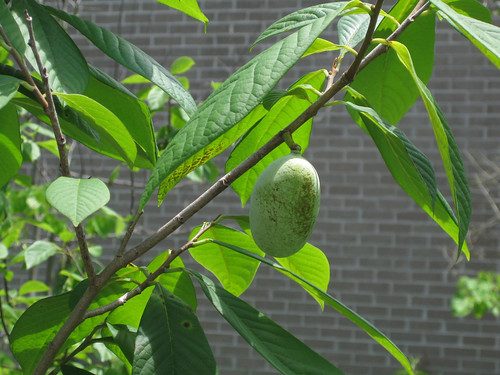
Close-up of Pawpaw flowers. They smell like spoiled met to attract flies as pollinators.

Almost ripe pawpaw fruit.

Small, almost ripe pawpaw.
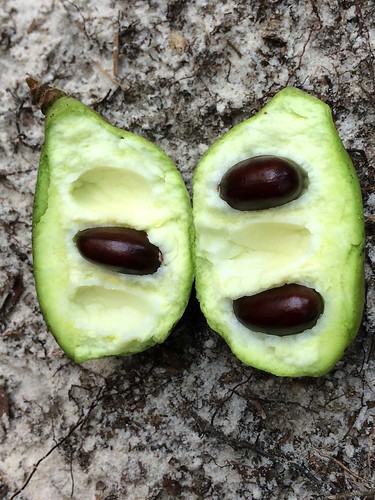
Pawpaw seeds.
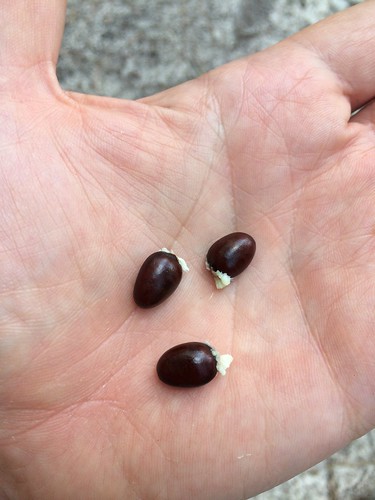
Pawpaw leaves are tropical-looking.
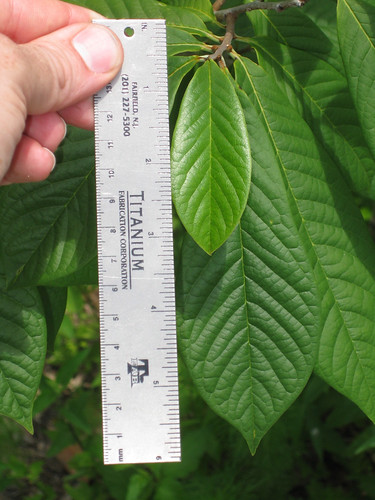
Pawpaw seedling. Note the alternating leaves.
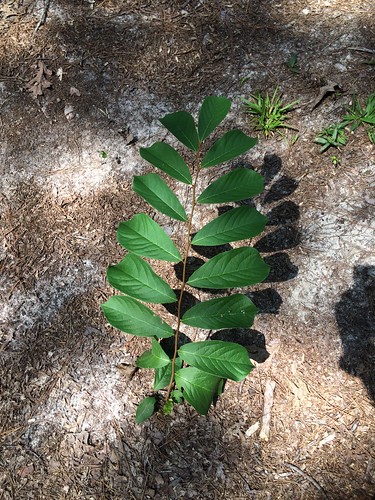
Texas distribution, attributed to U. S. Department of Agriculture. The marked counties are guidelines only. Plants may appear in other counties, especially if used in landscaping.
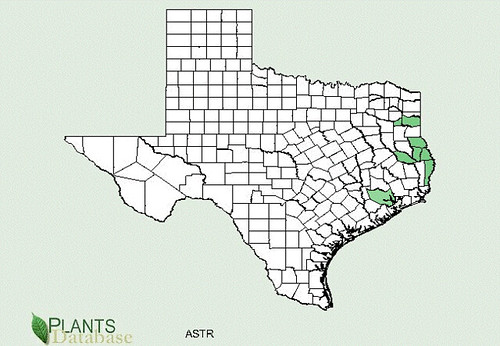
North American distribution, attributed to U. S. Department of Agriculture.
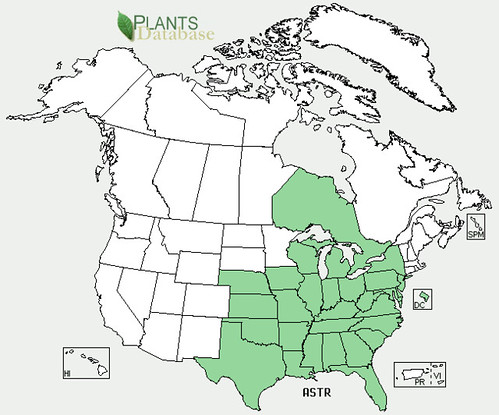
The banana-custard-like flavor/texture of pawpaw fruits leads many to consider it to be the best tasting fruit available (George Washington was a huge fan). However, once the pawpaw fruit is picked it begins to self-ferment almost immediately, making it unsuitable for shipping or selling in stores. They must be eaten right after harvesting or quickly turned into jam or jelly.
Pawpaw leaves have a sandal-like shape, being narrower a the base where it connects to the tree, widening out towards the end of the leaf, with a point at the very tip. A crushed leaf has a very strong, pungent odor, kind of like an insecticide.
The large pawpaw seeds actually do contain several insecticidal compounds and certain Native Americans used the powdered seeds to control lice. These seeds are still used in several over-the-counter lice treatments. It may be as simple to make as heating finely-crushed pawpaw seeds combined with baby shampoo in a crockpot at low heat for 8 hours, allowing to cool, then applying to the hair but I haven't actually tried this. If you do it, you are on your own!
The bark makes decent cordage but stripping it may often kill the tree.
Buy my book! Outdoor Adventure Guides Foraging covers 70 of North America's tastiest and easy to find wild edibles shown with the same big pictures as here on the Foraging Texas website.

